Imagine a creature who dances when you laugh, sulks when you leave, and learns your favorite phrases just to see you smile. Parrots, with their dazzling feathers and sharp intellect, often seem more like mischievous toddlers than distant relatives of dinosaurs. But beneath those vibrant wings, is there a hidden world of feelings and emotional depth? Science is just beginning to unravel the secret emotional lives of these birds, and the discoveries are as heartwarming as they are surprising. If you think parrots are just pretty faces with a knack for mimicry, prepare to have your mind (and heart) opened.
Colorful Communicators: The Language of Feathers and Sound
Parrots are masters of communication, and their methods go far beyond simple squawks. These birds use a complex mix of body language, feather positioning, and a wide array of vocalizations to express their moods. A parrot might fluff up its feathers when it’s content or shiver its wings in excitement. Some species, like African greys, can even mimic the emotional tone of human speech, capturing not just words but feelings. This ability to tune into and mirror emotions hints at a depth of understanding that’s rare in the animal kingdom. Watching a parrot “talk” isn’t just entertaining—it’s a window into an astonishingly sophisticated mind.
Emotional Bonds That Rival Any Mammal
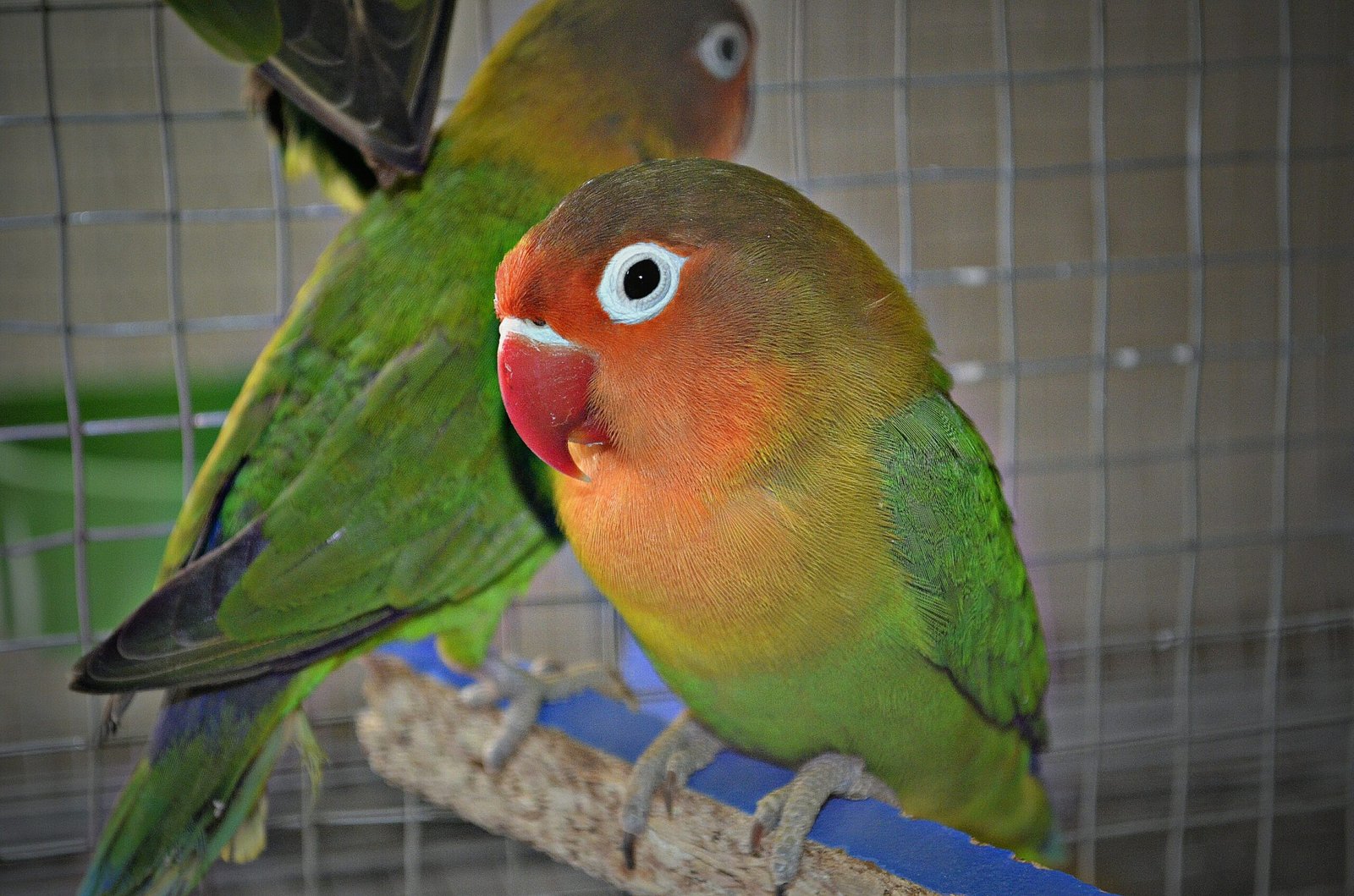
It’s easy to underestimate the emotional attachments parrots form, but research shows they often bond for life. In the wild, many parrot species choose a single mate and remain devoted, engaging in mutual grooming, feeding, and affectionate nuzzling. In captivity, they can become deeply attached to their human caregivers, sometimes even preferring them over other birds. These attachments can be so intense that birds may show signs of distress when separated from their chosen companion, mirroring the separation anxiety seen in young children. The depth of their loyalty is nothing short of breathtaking.
Intelligence on Par with a Toddler’s Mind
Parrots are not just emotionally complex; they’re also incredibly smart. Studies have shown that some parrot species, like the African grey, have cognitive abilities similar to human toddlers. They can count, recognize shapes and colors, and even understand abstract concepts like “same” and “different.” One particularly famous parrot, Alex, stunned scientists by learning over 100 words and answering questions with uncanny accuracy. This blend of intelligence and emotion creates a personality that’s playful, curious, and sometimes, downright cheeky.
Playfulness: The Heart of Parrot Joy

If you’ve ever watched a parrot roll around with a bell or swing upside down from a perch, you’ve seen pure joy in action. Parrots use play not only as entertainment but as a way to bond and communicate. They invent games, tease their flock-mates (or humans), and even play tricks to get attention. This sense of fun is a huge part of their emotional world, echoing the spontaneous and often hilarious antics of young children. Play for parrots isn’t just a pastime—it’s a vital expression of happiness and connection.
Stress and Sorrow: When Parrots Feel Blue
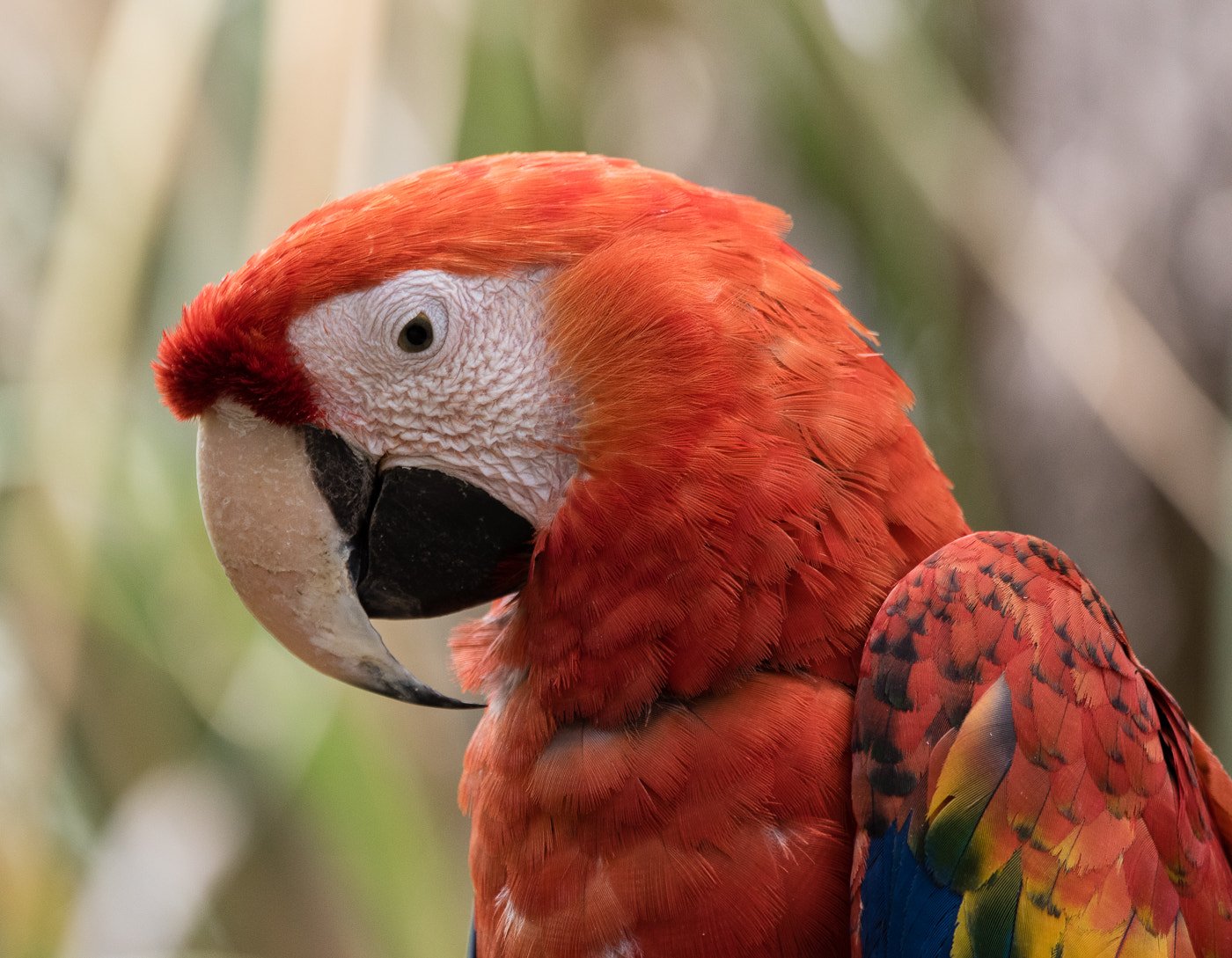
Parrots aren’t immune to sadness. In fact, their emotional highs can be matched by deep lows. Changes in their environment, loss of a companion, or boredom can lead to anxiety and depression in these birds. Some may pluck out their own feathers in distress, a heartbreaking behavior that speaks volumes about their sensitivity. Caretakers who ignore a parrot’s need for stimulation and companionship risk causing emotional harm. This vulnerability makes their care both a joy and a serious responsibility.
The Power of Social Learning
Much like toddlers, parrots are sponges for social information. They learn by watching others, copying behaviors, and picking up cues from their flock or human family. This social learning is crucial in the wild, where young parrots imitate adults to master skills like foraging and communication. In the home, a parrot might quickly learn to open doors, mimic household sounds, or even “scold” the dog after seeing you do it. Their ability to adapt and learn socially adds another layer to their already complex emotional life.
Empathy: Can Parrots Feel for Others?
It might sound incredible, but parrots have shown signs of empathy. Some studies suggest that parrots can sense and respond to the emotions of others—whether it’s comforting a distressed mate or mirroring the mood of their owner. If a human is sad, a parrot may become quieter and offer gentle contact. When a fellow bird is hurt, companions often gather around, preen, or stay close. This capacity to tune into another’s feelings is a sign of emotional intelligence that’s rarely seen outside of primates.
Jealousy and Rivalry: The Green-Eyed Parrot
Anyone who’s lived with a parrot knows they can be fiercely possessive. Parrots often display jealousy when their favorite person pays attention to someone else, whether it’s another bird, a pet, or even a smartphone. They might squawk, nip, or push the rival away, demanding the spotlight. This behavior, while challenging, reveals just how deeply they can love—and how much they crave connection and attention, much like a young child vying for a parent’s affection.
Parrot Grief: Mourning Lost Loved Ones
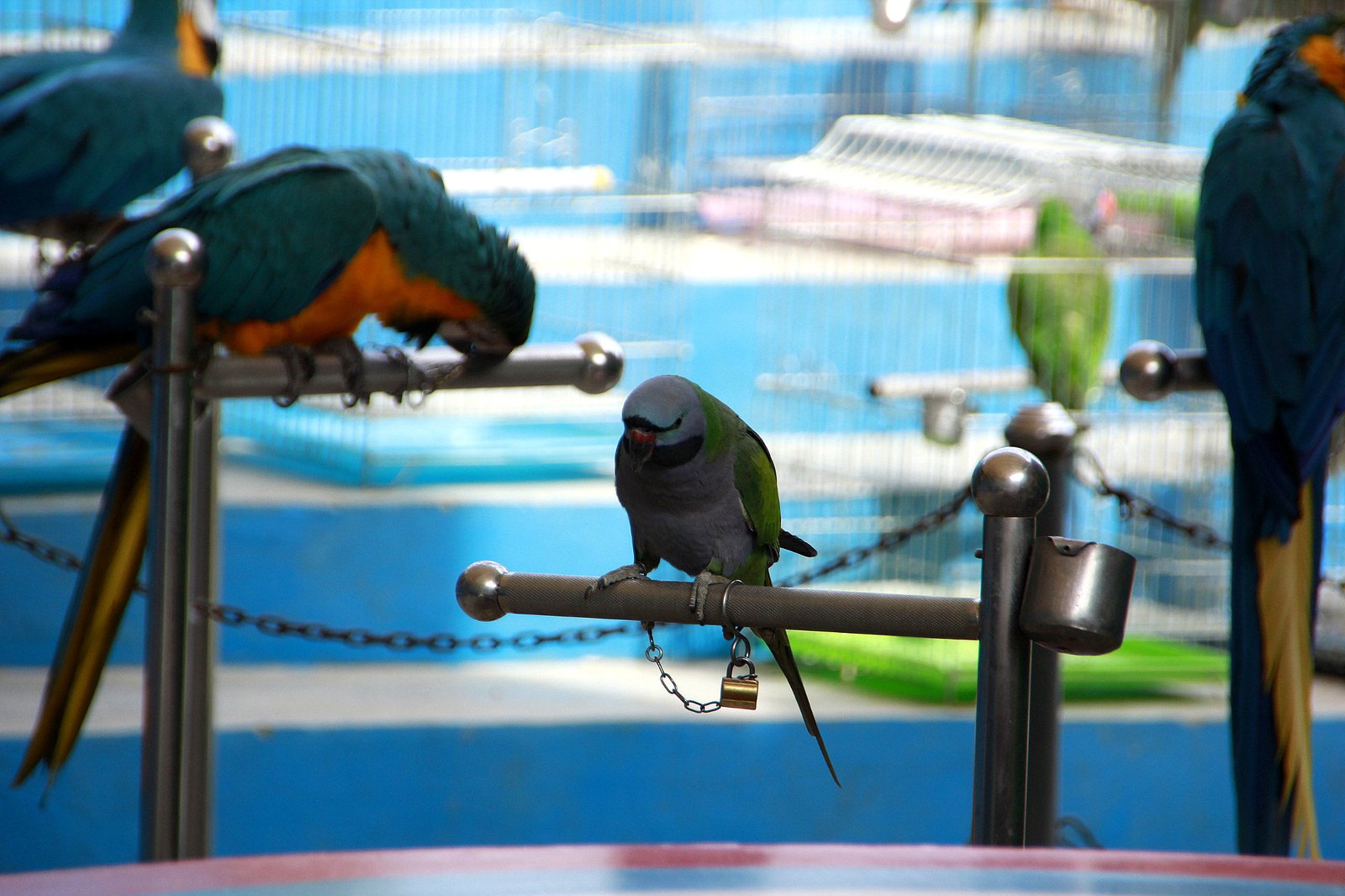
The emotional depth of parrots becomes painfully clear when they lose a companion. Grieving parrots may refuse to eat, call out for their lost friend, or become lethargic. Some birds even exhibit behaviors akin to human mourning, lingering by the empty perch or carrying a favorite toy everywhere. This powerful reaction shows that parrots don’t just experience fleeting emotions—they hold on to bonds and feel loss acutely, challenging the idea that only mammals can truly grieve.
Trust: The Foundation of Parrot Relationships
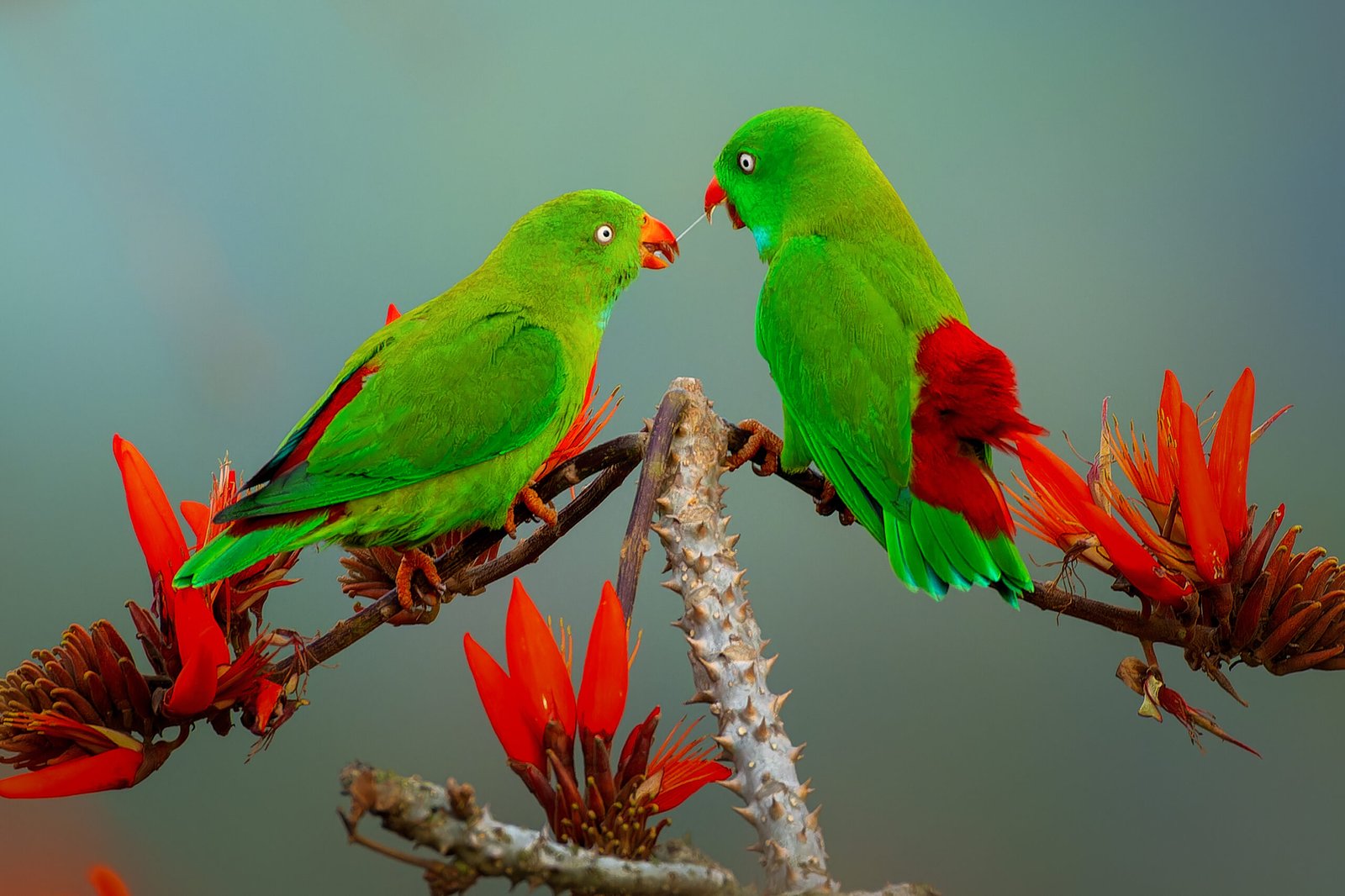
Gaining a parrot’s trust is a journey, not a given. These birds are naturally cautious, and it can take weeks or months for them to feel safe with a new person. Once trust is earned, however, the relationship transforms. Parrots become affectionate, playful, and eager to interact. But break that trust, and it can take just as long to repair. Their capacity for trust and the pain they feel when it’s broken speaks volumes about their emotional complexity.
Curiosity and Problem Solving
Parrots are notorious for getting into mischief. Their boundless curiosity drives them to explore every nook and cranny, unlock cages, and dismantle toys piece by piece. This inquisitiveness isn’t just about keeping busy—it’s a sign of a mind that’s always working, always searching for answers. Watching a parrot solve problems is like watching a child assemble a puzzle, eyes bright with concentration and excitement.
Emotional Expression Through Art and Music
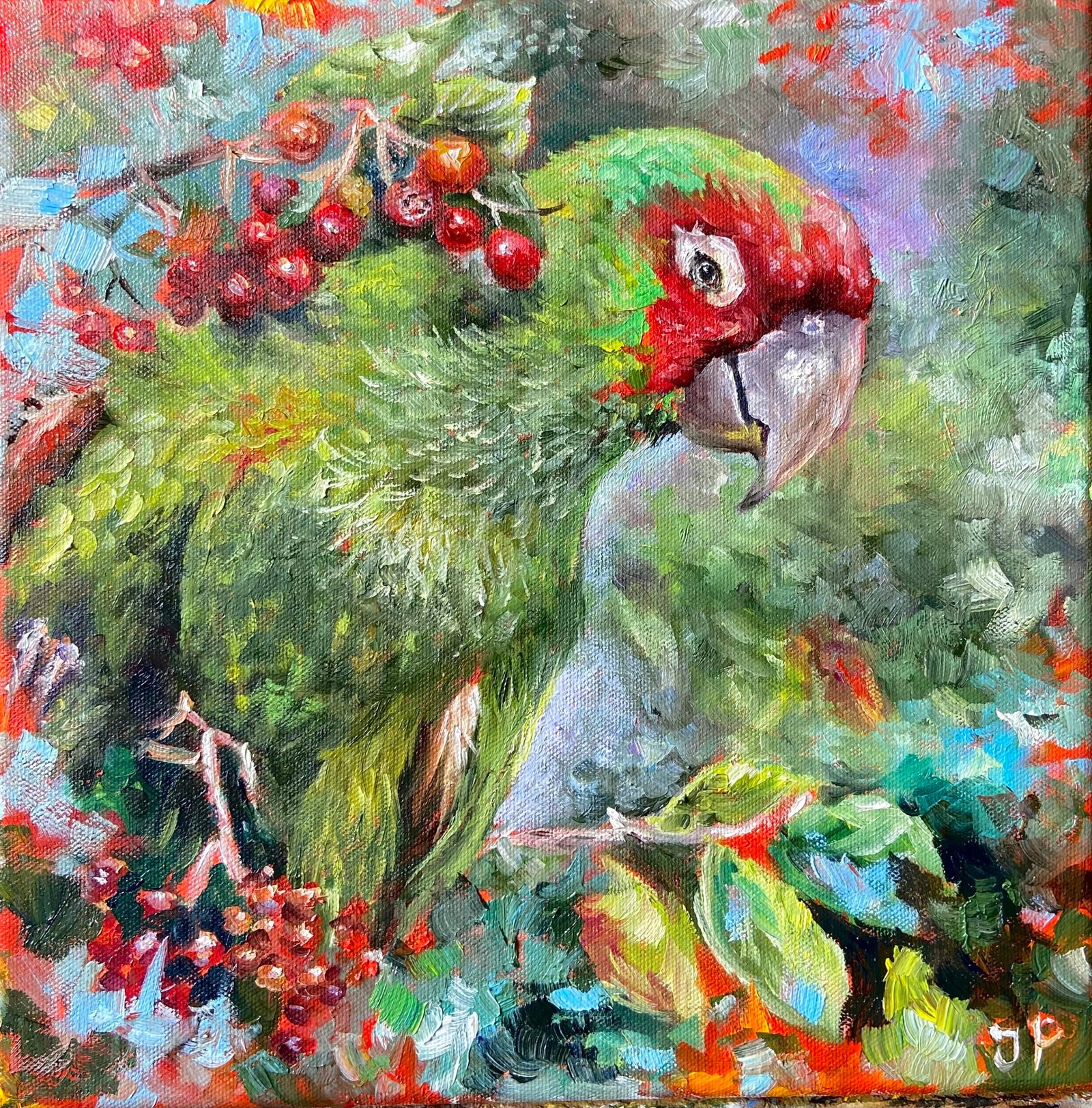
Some parrots have demonstrated an appreciation for music and even art. There are stories of parrots who “dance” to their favorite tunes, bobbing and swaying in rhythm, and others who use paintbrushes to create colorful masterpieces. These creative expressions aren’t just random—they’re often linked to mood and emotion. Music can calm an anxious bird, while painting can be a joyful, stimulating activity. Their artistic inclinations offer yet another peek into their vibrant inner lives.
Parrots and Humor: The Pranksters of the Bird World
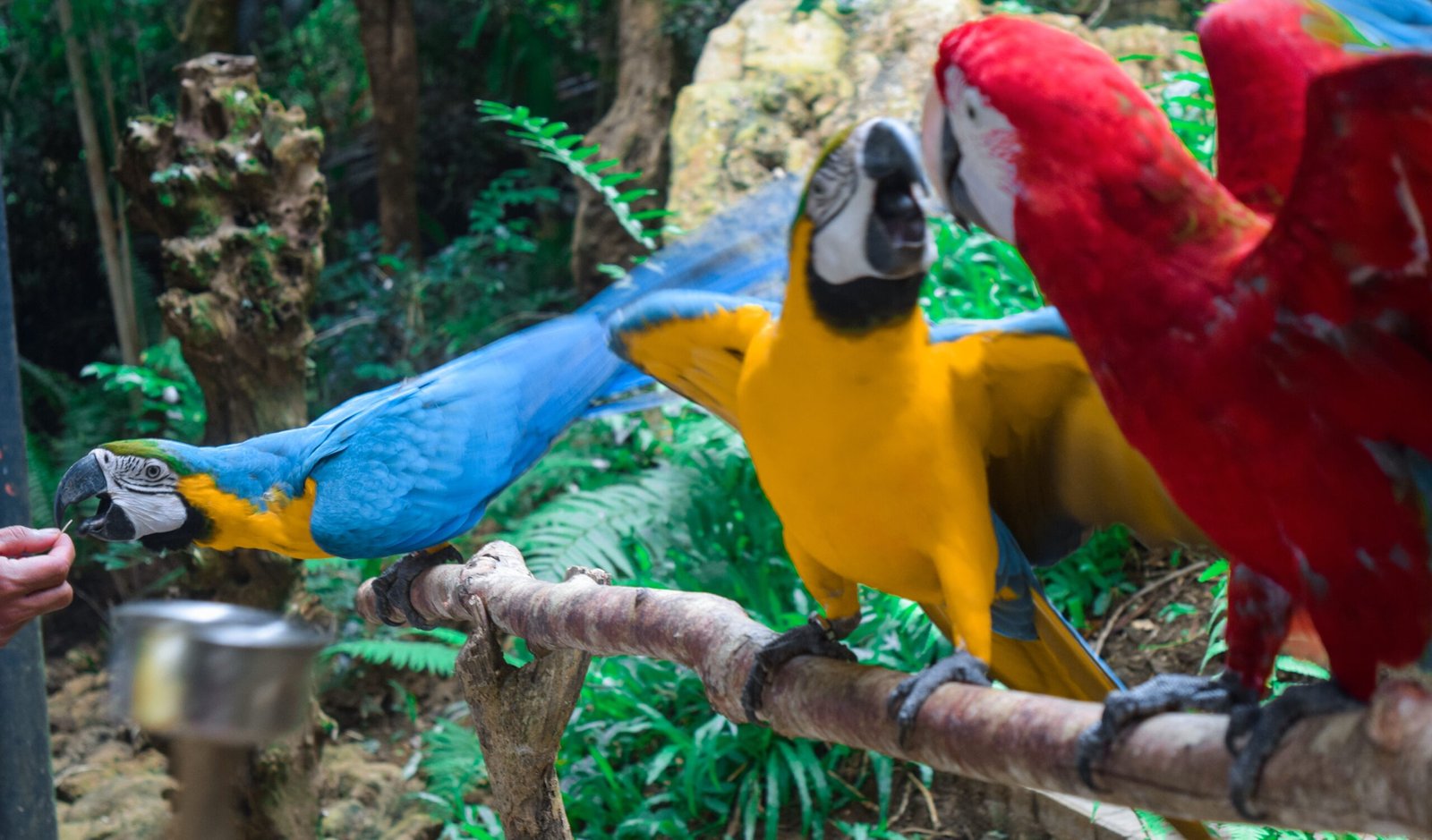
It turns out parrots have a wicked sense of humor. They’re known to play practical jokes, hide objects, and mimic laughter to see if they get a reaction. Some owners report parrots deliberately making funny sounds or copying sneezes just to get a laugh. This playful teasing isn’t just for fun—it’s a way for parrots to bond with their human flock and keep their social life lively. Humor, it seems, is another thread in the colorful tapestry of their emotions.
Attachment to Objects: Parrots and Their “Security Blankets”
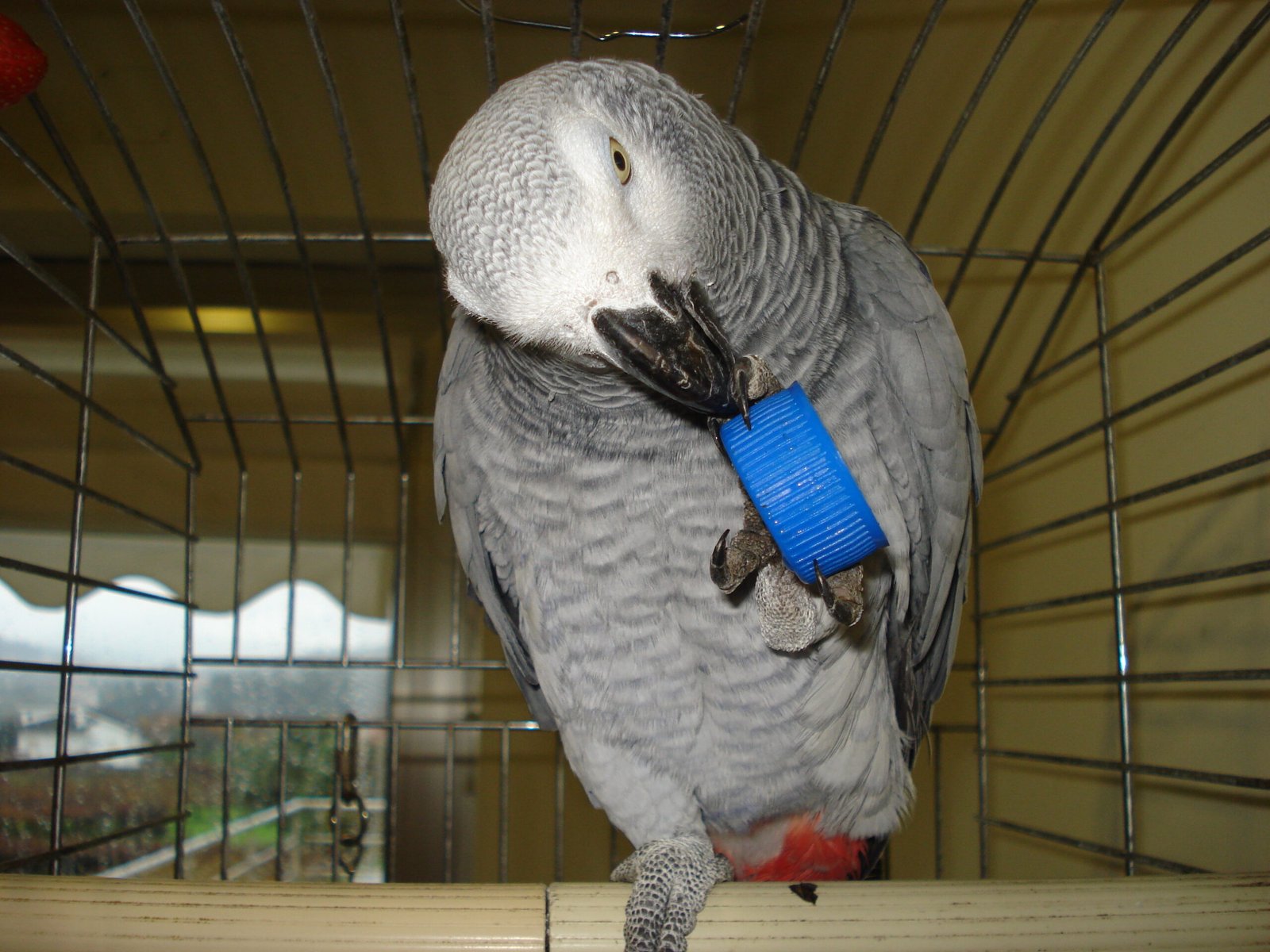
Just like toddlers with their favorite stuffed animals, parrots often form attachments to specific objects. Whether it’s a bell, a mirror, or a tattered piece of rope, these items can provide comfort and security. Some parrots carry their cherished objects around, cuddle with them at bedtime, or guard them fiercely from others. These emotional attachments to inanimate objects reveal yet another striking parallel between parrots and young children.
Parental Love and Devotion
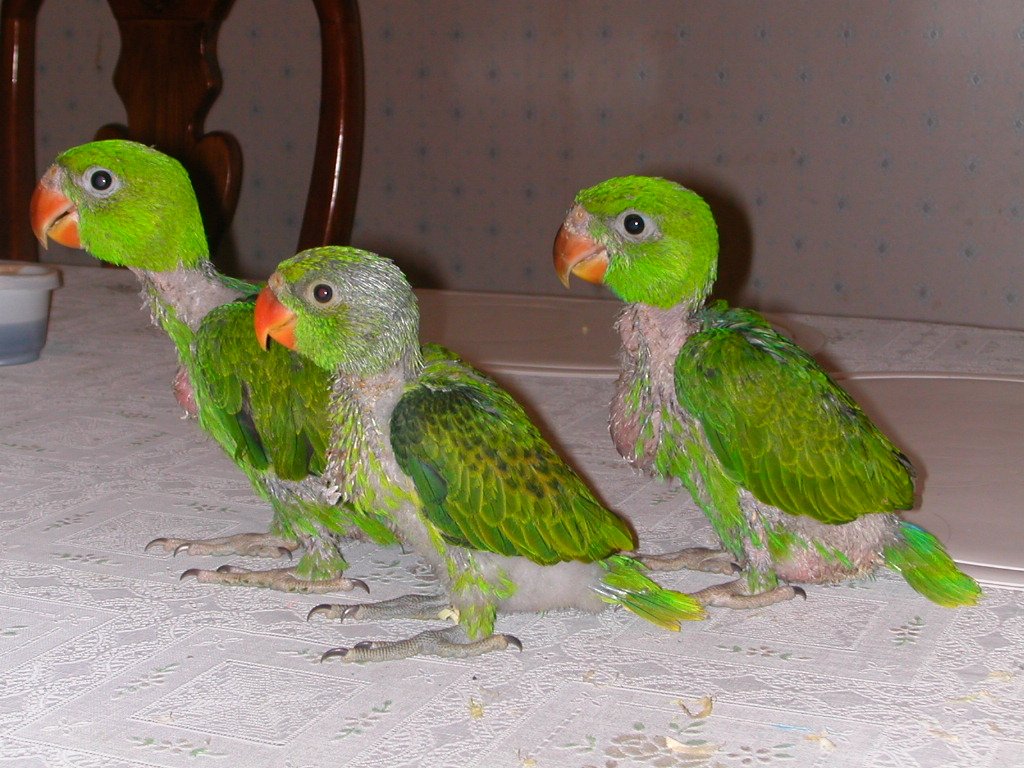
Parrots are doting parents, showing remarkable care for their chicks. Both mothers and fathers often take turns feeding, warming, and protecting their young. They teach fledglings how to forage, fly, and interact with others, offering gentle encouragement and guidance along the way. This nurturing behavior is not only essential for survival but also highlights their capacity for love, patience, and sacrifice. The devotion of a parrot parent rivals that of any mammal.
Adapting to Change: Resilience and Flexibility
Life can be unpredictable, and parrots are experts at rolling with the punches. In the wild, they face shifting weather, new predators, and changing food sources. In captivity, they adapt to new routines, people, and environments. While change can cause stress, parrots often show remarkable resilience, bouncing back from setbacks and finding new ways to thrive. Their adaptability is a testament to both their intelligence and their emotional strength.
What Parrots Teach Us About Ourselves
Parrots, with their dazzling colors and joyful chatter, do far more than brighten our days—they challenge our ideas about animal intelligence and emotion. Their capacity for love, grief, trust, and playfulness reminds us that the lines between human and animal emotions aren’t as clear as we once thought. Caring for a parrot is like sharing your life with an endlessly curious, emotionally rich toddler who never really grows up. Their secret emotional lives invite us to look closer, listen harder, and remember that empathy, connection, and joy are not just human gifts.




